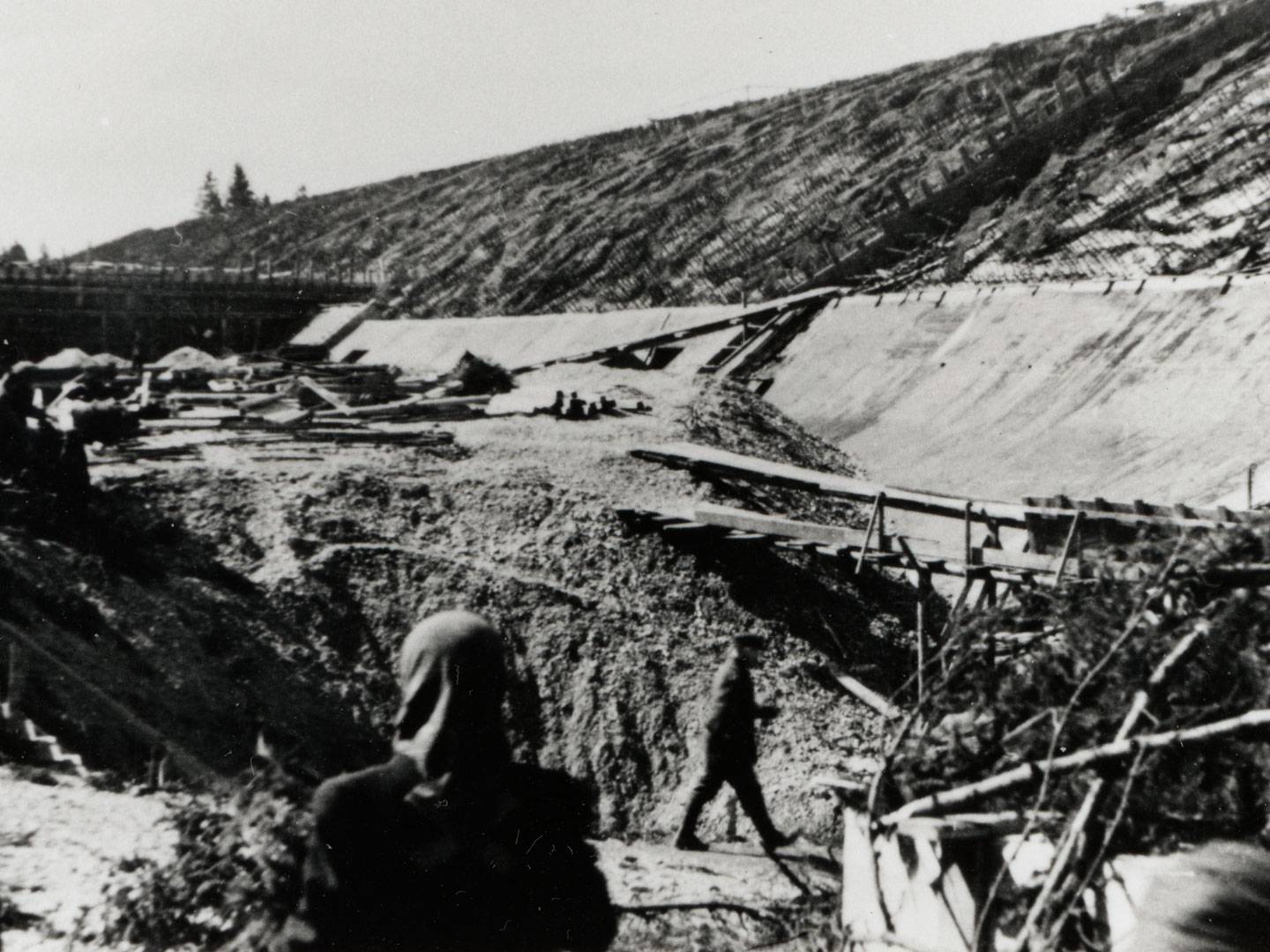Female concentration camp prisoners
The Dachau concentration camp was originally established in 1933 for male prisoners. During the course of the war, this principle was abandoned. The first female prisoners were transferred to the main In October 1942. Up to the liberation on 29 April 1945, there is evidence that there were 7,832 women in the camp. The vast majority of the female prisoners had to carry out forced labour in the subcamps of the Dachau concentration camp.
It can be verified that there were female concentration camp prisoners in more than 20 of the Dachau subcamps. There is knowledge of 3,700 women in the Landsberg/Kaufering subcamp complex. The first transport with 200 female prisoners arrived at the Kaufering II concentration camp subcamp on 29 July 1944. By 1 August, a further 800 were in the Kaufering IV subcamp. With the exception of subcamps VIII and IX and the unfinished Camp V, there is documentation for female prisoners in all the other camps of the concentration camp subcamp complex. Within the camp, the women were accommodated in a separate area surrounded by barbed wire.
Some very pretty girls were picked to work in the SS kitchen. We, the ordinary women are worked hard, but the men are really doing hard labor, even often resulting in death.
– Ferike Castro about working conditions
There were no female prisoners in the Fliegerhorst Penzing subcamp. In the Landsberg DAG subcamp, there is evidence for 100 women and ten men.
Like their male fellow prisoners in the subcamp complex, the women had to carry out arduous, manual forced labour. Amongst other things they were also used on the bunker construction sites. Furthermore, female prisoners were preferred for cleaning and kitchen work.
They work either the lager or in the SS kitchen. They will also work in the SS laundry and drying room. A few more “Elites” are selected to clean the SS office. They are called “Stubendienst”. There are ten more “Prominents” who work in the “Moll kitchen”.
– Ferike Castro about workspaces
At the end of December 1944, 1,400 women were transferred from the concentration camp sub-complex to the Bergen-Belsen concentration camp. At the time of the evacuation at the end of April 1945, there were still approximately 1,100 female prisoners in the Landsberg/Kaufering subcamp complex.


